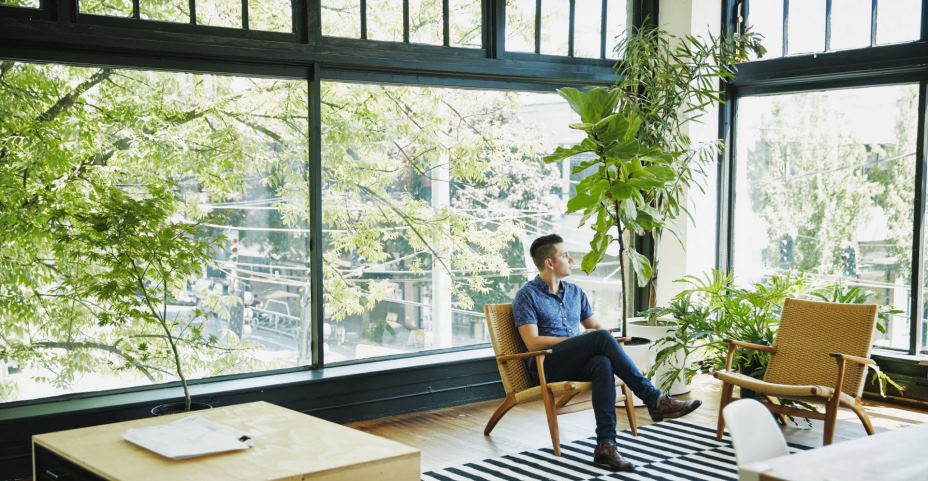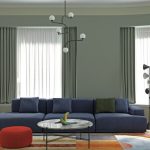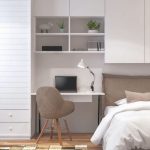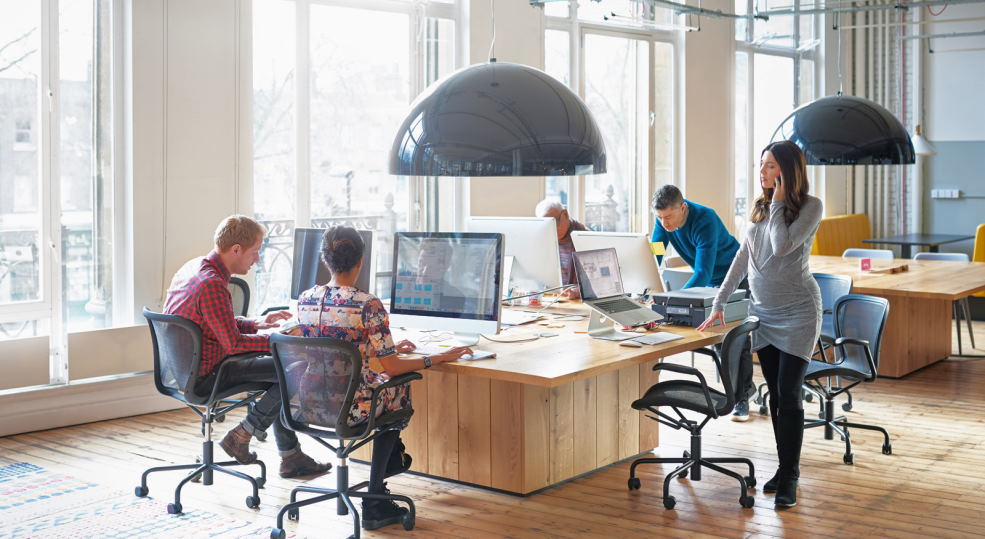
The interior design of a workplace can play a critical role in boosting employee productivity. By creating a visually stimulating and functional environment, business owners can help their employees stay focused and organized. We will discuss some fundamental principles of workplace interior design that can help improve productivity. We will also provide some tips for creating a workspace that is both comfortable and productive. Let’s get started!
How does interior office design impacts productivity and morale?
A well-designed office can help to improve productivity by up to 20%. Therefore, it is important to create an environment that is comfortable and conducive to working. When designing an office, there are many factors to consider, including the layout, lighting, and colors.
One of the most important aspects of a productive workplace is the layout. The desk should be placed in a way that allows you to work comfortably and efficiently. You should also have enough space to store your materials and equipment.
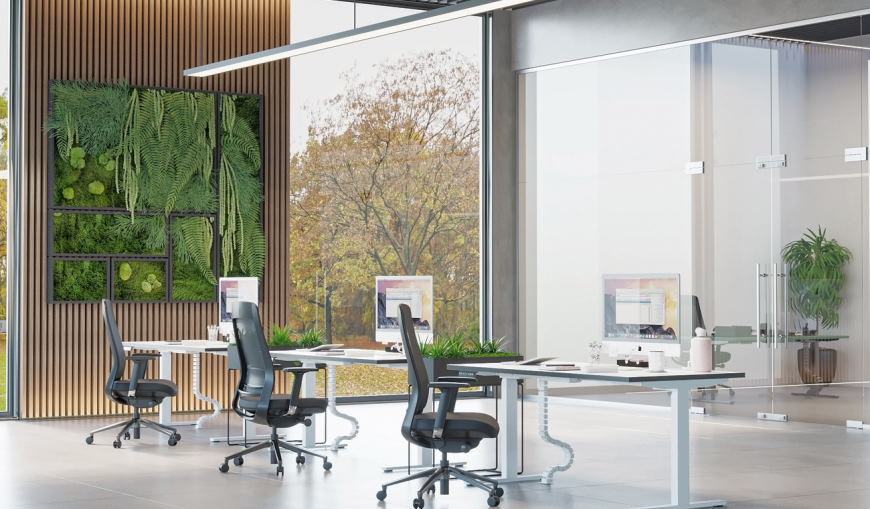
Lighting is another important factor in office productivity. You should make sure that the lighting is bright enough to allow you to work comfortably, but not so bright that it causes eyestrain.
The colors of an office can also have a significant impact on productivity. Cooler colors such as blue or green can help create a calm and productive atmosphere, while warmer colors like red or orange can increase energy levels.
It’s no secret that the environment in which we work has a significant impact on our productivity. Creating an interior design for your office that is both comfortable and aesthetically pleasing can help to boost employee morale and encourage creativity and collaboration. Here are a few tips to get you started.
- Think about the layout of your office. Ensure there is enough space for employees to collaborate and spread out, but also consider creating different areas for individual work, lounging, or meeting up with clients. This will help to create a more productive atmosphere.
- Use bright colors and natural light whenever possible. Studies have shown that exposure to natural light can help improve moods and decrease fatigue levels.
How does interior design affect employees?
A growing body of research suggests the interior design of an office can affect employee productivity, creativity, and well-being. For example, one study by the University of Texas found that workers in brightly lit offices were more productive than those in darker spaces.
Other studies have shown that employees are happier and more creative when they have access to daylight and views of nature. In contrast, others still suggest that providing employees with privacy improves their focus and productivity. So how do you create an office space that strikes the right balance for your team?
Workplaces today are more than just a place to earn a paycheck. They’re also where we spend most of our time and our home away from home for many of us. That’s why workplaces must be designed in such a way that not only are employees productive, but they also feel comfortable and happy. Good interior design can do just that.

